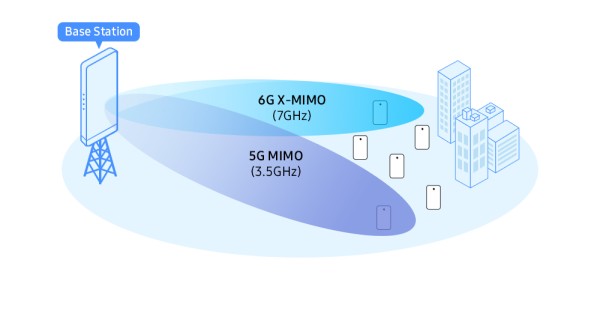JMA and RIVA are outfitting the lab with sub-6 GHz and 5G millimeter wave radios
JMA Wireless and telecommunications equipment supplier RIVA Networks are adding private 5G capabilities to the legacy cellular networks at the U.S. Air Force Research Lab (AFRL), Rome Research Site (RRS) — which is dedicated to command, control, and communications research and development — as part of the Department of Defense’s (DoD) ongoing modernization efforts.
“Across the entire military, the DoD is aggressively engaging in programs to propel American 5G leadership,” the companies said. “This mission-critical technology is compatible with any standard smartphone and paves the way for an increased use of mobile devices for federal agencies. The DoD intends to utilize the enhanced security protocols built into 5G to protect critical data, planning, and infrastructure. “
The 5G network will be supported by JMA Wireless’ XRAN, a 100% software RAN solution. The company will also deliver a 5G Non-Standalone (NSA) network with 4G and 5G sub-6 GHz and 5G millimeter wave radios. RIVA will help the DoD integrate JMA’s 5G network with AFRL’s existing legacy cellular networks.
This past year, the DoD has kickstarted several 5G-related projects, including a private 5G network inside an aircraft maintenance hangar on Joint Base Pearl Harbor-Hickam (JBPHH). The private network, which was spearheaded by Verizon, will enable aircraft maintenance personnel to test and explore new ways to implement Foreign Object Detection (FOD), other airplane maintenance applications, and several different user equipment (UE) devices.
The DoD has also launched new projects aimed at the 5G-to-6G transition, one of which is called Open6G, which is a cooperative effort between the private sector and the academia that aims to kick off 6G systems research on Open RAN. The initiative will focus on Open RAN research and open-source implementation of 5G protocol stack features to support emerging 5G and future applications.






















